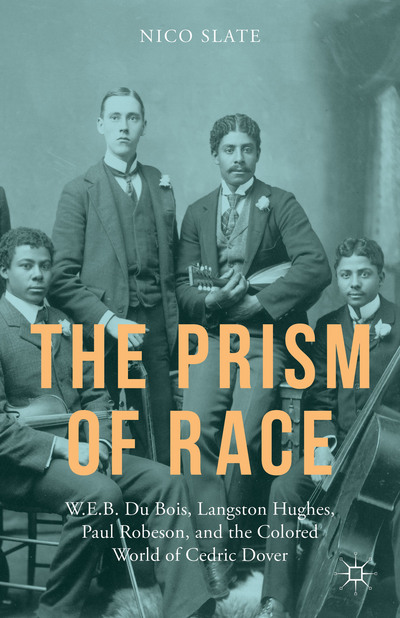Bombay To Brooklyn: New York’s Indian Jews Strive To Preserve HeritagePosted in Articles, Arts, Asian Diaspora, History, Judaism, Media Archive, Religion, United States on 2015-12-20 00:27Z by Steven |
Bombay To Brooklyn: New York’s Indian Jews Strive To Preserve Heritage
News India Times
New York, New York
2015-12-14
Ela Dutt, Managing Editor

Siona Benjamin. Photo by Sami studio
Siona Benjamin, a greater New York City artist, hangs her “very typical” Indian Jewish Mezuzah, a prayer scroll in an engraved casing, on her door to remind her of her cultural roots. “Every time I walk through my main door, it reminds me of my Indian Jewish background,” especially so during Hanukkah, the Jewish Festival of Lights that began Dec. 6 and stretches over 8 days.
Originally from Bombay, Benjamin’s art is a blend of her background growing up in a Hindu and Muslim society, educated in Catholic and Zoroastrian schools, raised Jewish and now living in America. She is among the barely 100 or so Bene Israelis left in the Tri-state area, and the 350 or so around the U.S. according to Rabbi Romiel Daniel, rabbi and president of the Rego Park Jewish Center who since 1995, has tried to keep his flock together and raise awareness among the second and third generation Bene Israeli youth.
Some of the history of this small and unique community is captured in the exhibit “Baghdadis & the Bene Israel in Bollywood & Beyond” that opened in early November at the Center for Jewish History in New York City and will be on till April 1. Presented by the American Sephardi Federation, most of the items at the exhibit come from the Joyce and Kenneth Robbins collection, and highlight how Indian Jews, women in particular, were leaders in Bollywood and beyond at a time when custom and tradition kept many other Indian women out of Bollywood.
In exploring the largely forgotten history of the Bene Israel of India, the exhibition showcases the careers of Pramila (Esther Victoria Abraham), (Florence Ezekiel) Nadira, Sulochana (Ruby Myers), Abraham and Rachel Sofaer, Ezra Mir, RJ Minney, and Joseph David Penkar, each of whom played multiple roles in front of and behind-the-scenes in Bollywood…
Read the entire article here.

